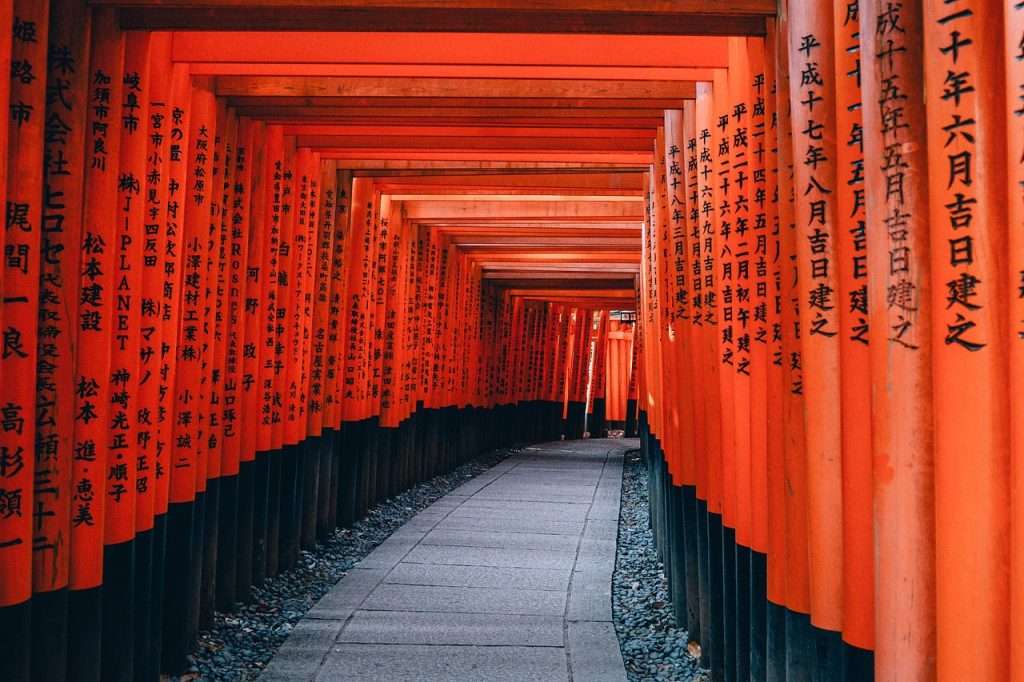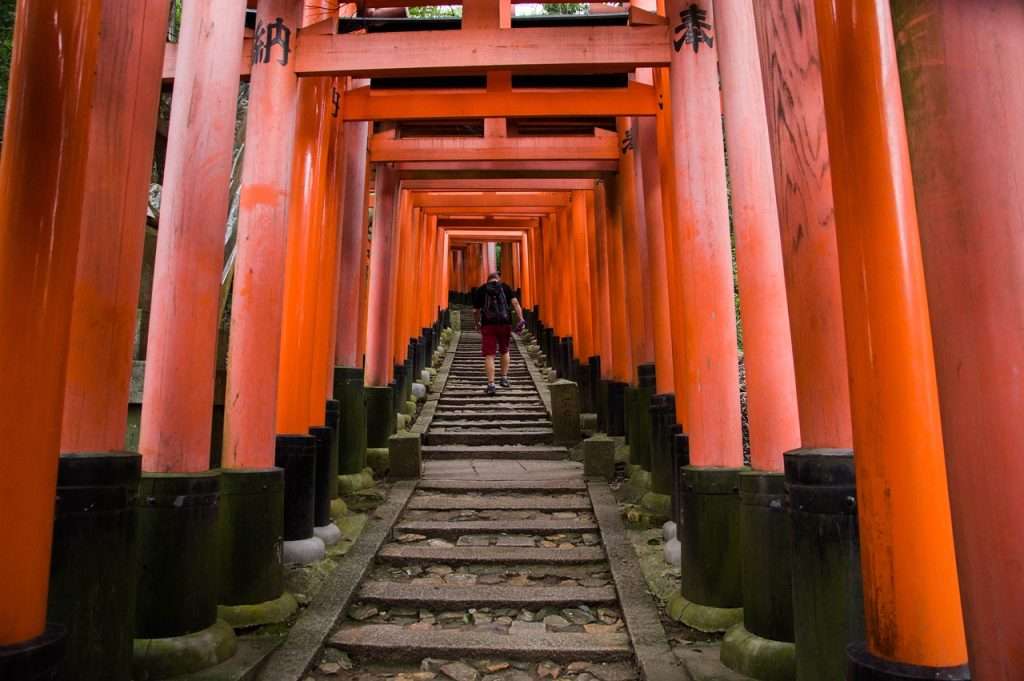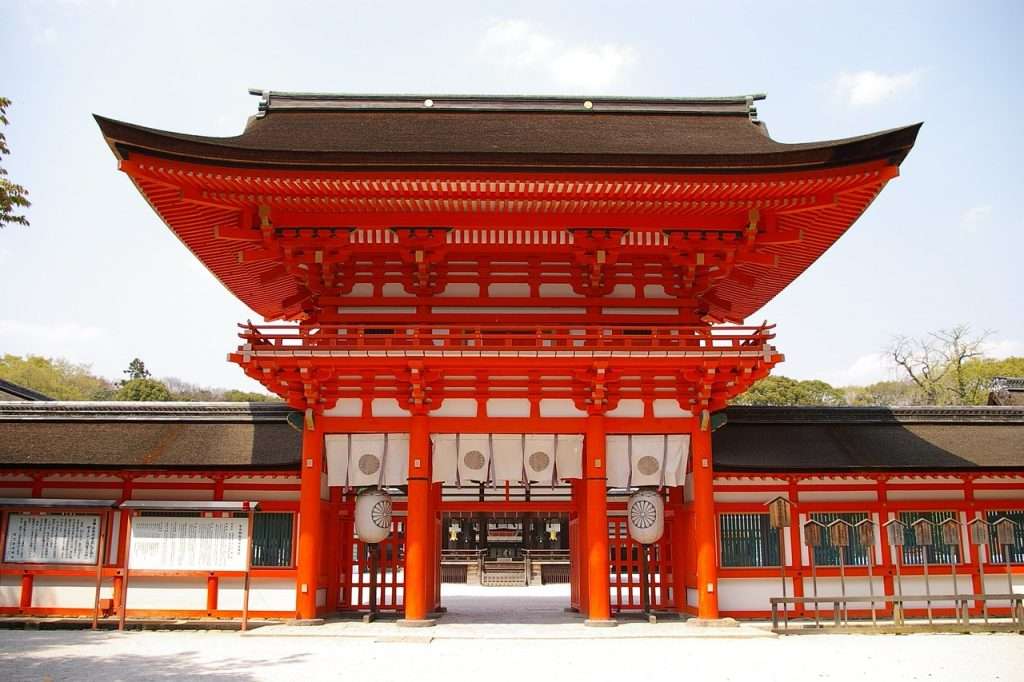introduction
The well-known Shinto shrine Fushimi Inari Taisha is situated in Kyoto, Japan, and is devoted to Inari, the Shinto diety of foxes, rice, and wealth. Founded in the eighth century, the temple is famous for its recognisable hundreds of vermillion torii gates that are present upto the Mount Inari’s forested slopes. people contribute each gate as “Senbon Torii” a wish for prosperity and good fortune.
Fushimi Inari shrines includes prayer rooms, many smaller shrines, and sculptures of foxes, who are thought to be Inari’s messengers. Before approaching the main temple, visitors frequently take part in rituals including washing their hands and mouths at the cleansing fountain.
Fushimi Inari Taisha is a popular historical site as well as a tourist destination due to its great cultural and spiritual significance. This looks even more amazing during the colourful festivities and ceremonies that take place there. Fushimi Inari Taisha offers a great experience of Japanese culture and mythology and is a must-visit location due to its unique blend of natural beauty, cultural richness, and spiritual importance.

Fushimi Inari Night
At night, Fushimi Inari Taisha looks like a mystical atmosphere, turning into an wholesome world of lit beauty. Warm lantern light streaming through the thousands of torii gates creates a tunnel that stands out against the surrounding gloomy surroundings. The calm environment adds to the spiritual experience by fostering a feeling of mystery.
The fox sculptures and holy buildings are made more magical by the midnight atmosphere, which also creates fascinating shadow plays on the ancient buildings. At night, Fushimi Inari Taisha invites adventurers to go on a singular trip where the serene beauty of the lit paths blends with the shrine’s spiritual importance.
History

Fushimi Inari Taisha is one of the most important and ancient Shinto temples in Japan, having been founded in 711 AD. Originally honouring Inari, the Shinto god of rice, it gradually expanded to incorporate elements of wealth and trade, with foxes thought to be the god’s messengers.
The shrine’s significance was further increased when it received imperial sponsorship over the ages. Fushimi Inari Taisha gained special popularity among traders and artisans during the Edo era (1603–1868), who presented the famous torii gates as tokens of appreciation for ventures.
The shrine complex grew, with several sub-shrines, halls, and buildings scattered throughout Mount Inari’s forested slopes. The shrine’s withstanding abilities and the ongoing support of its followers allowed it to maintain its heritage in the face of natural calamities and the difficulties of war.
Millions of tourists visit Fushimi Inari Taisha every year, and it is still a thriving centre of spirituality and culture. Because of its lengthy history and the everlasting charm of the Senbon Torii route, it is known as a symbol of tradition, wealth, and civility in Japanese culture. It still serves as a symbol of Kyoto’s rich spiritual and cultural legacy today.
